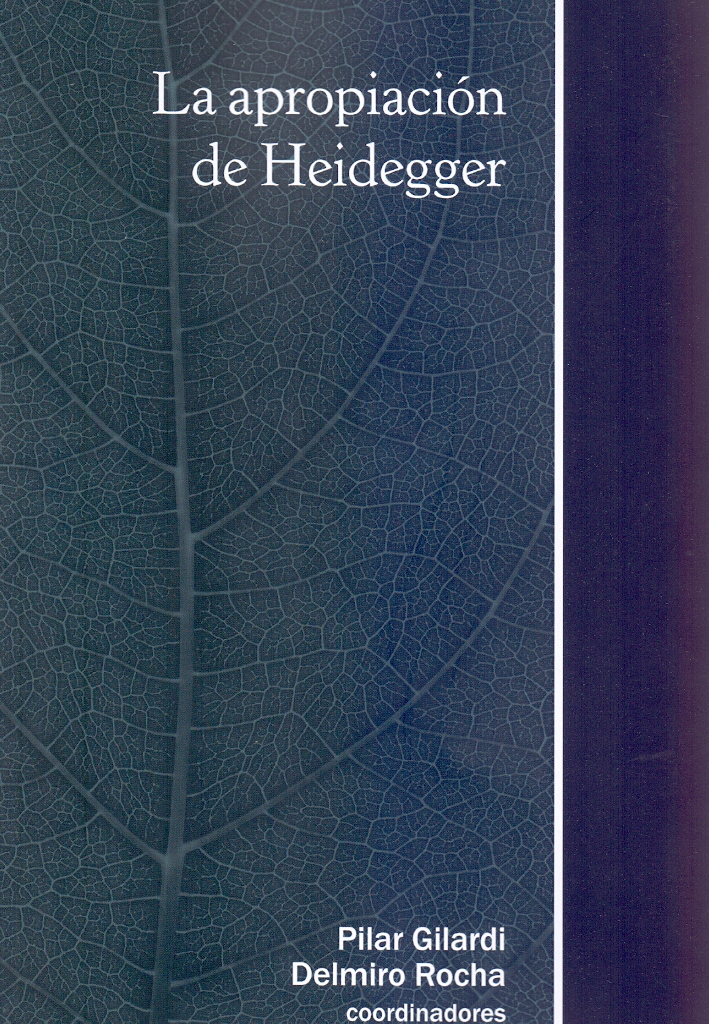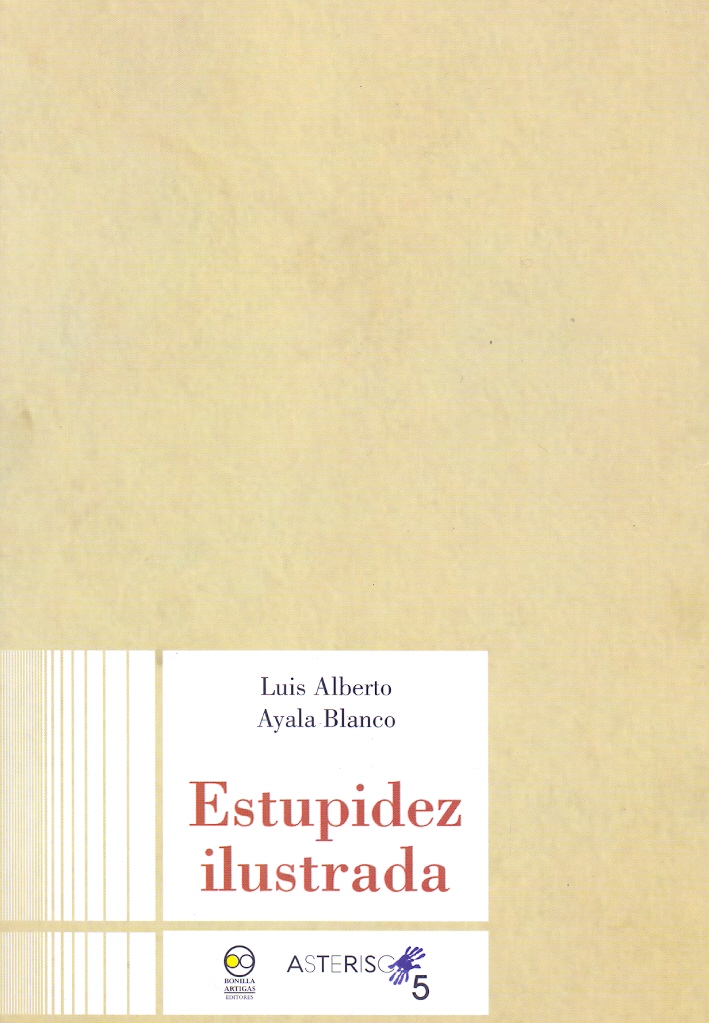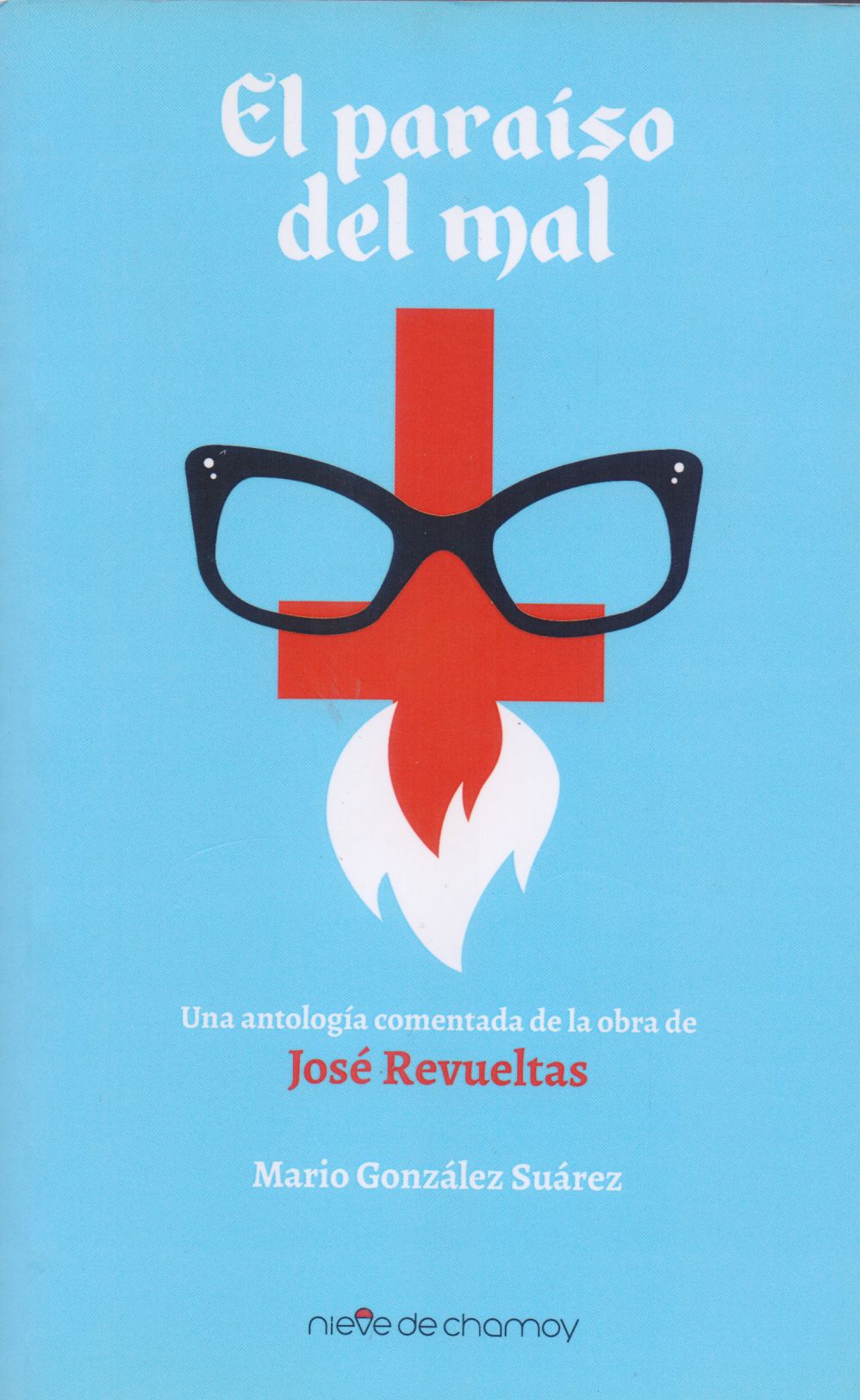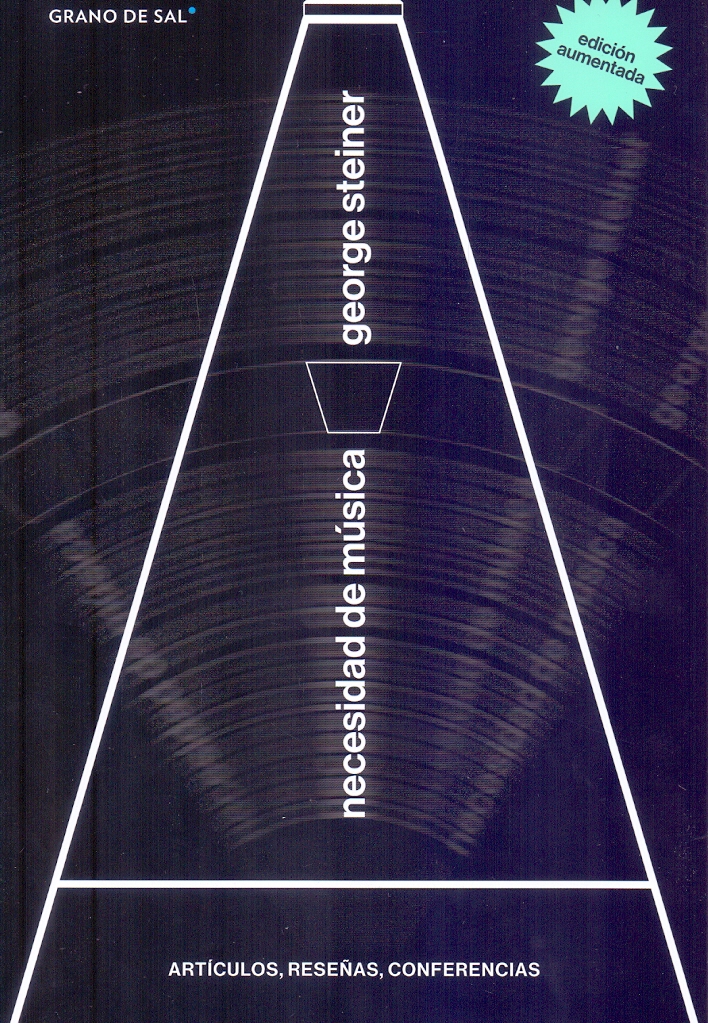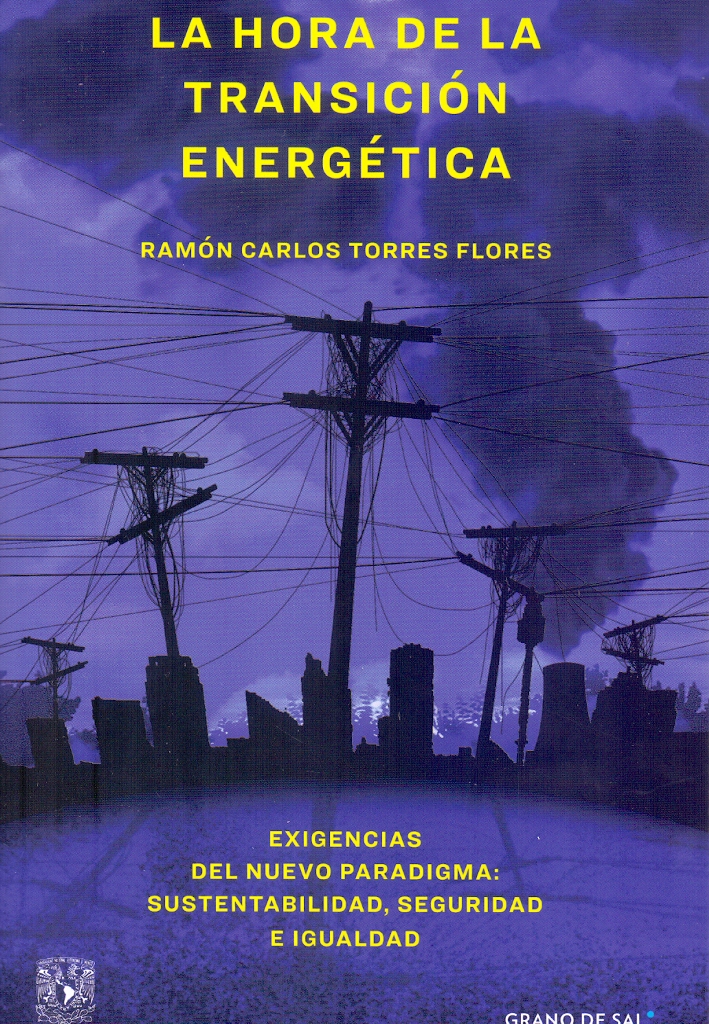Libros relacionados
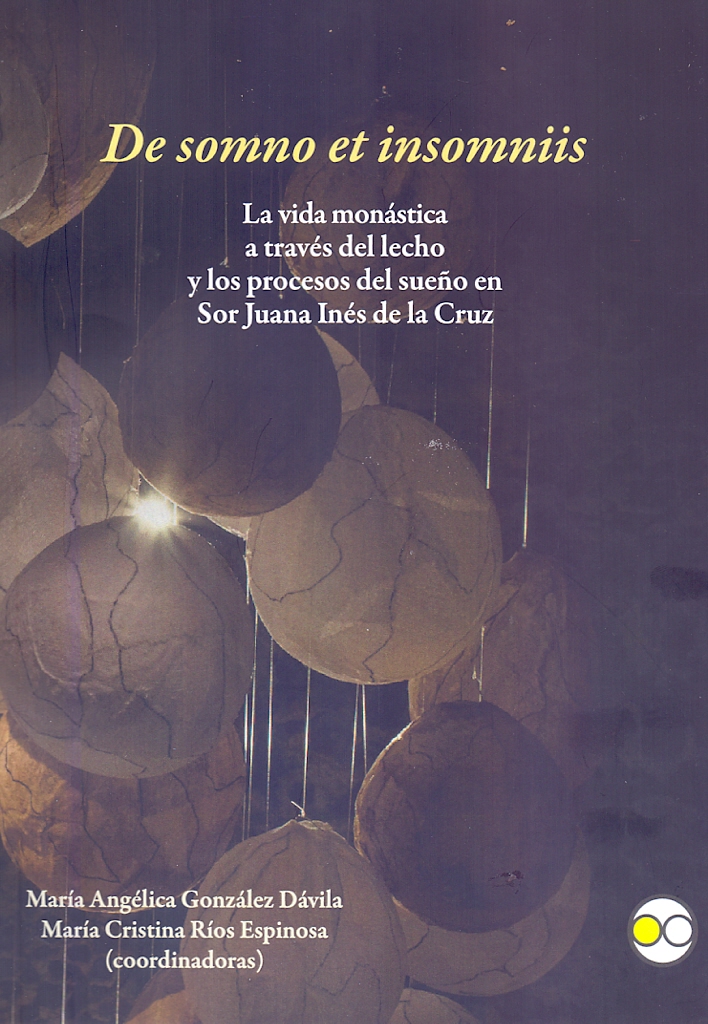 |
De Somno Et Insomniis. La Vida Monástica a Través del Lecho y los Procesos del S González Dávila, María Angélica; Ríos Espinosa, María Cristi Bonilla Artigas Editores |
 |
Sobre la Animalidad (Y Otros Textos Afines de Política Contemporánea) Villegas Contreras, Armando Bonilla Artigas Editores |
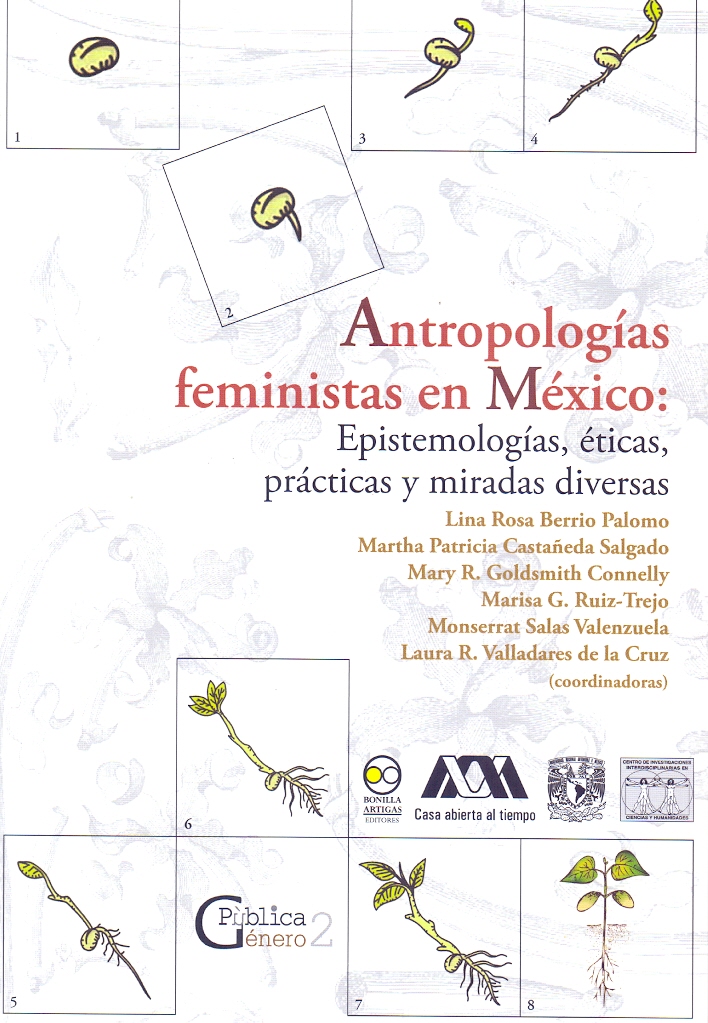 |
Antropologías Feministas en México: Epistemologías, Éticas, Prácticas y Miradas Berrio, Castañeda, Goldsmith, Ruiz, Salas y Valladares Bonilla Artigas Editores |
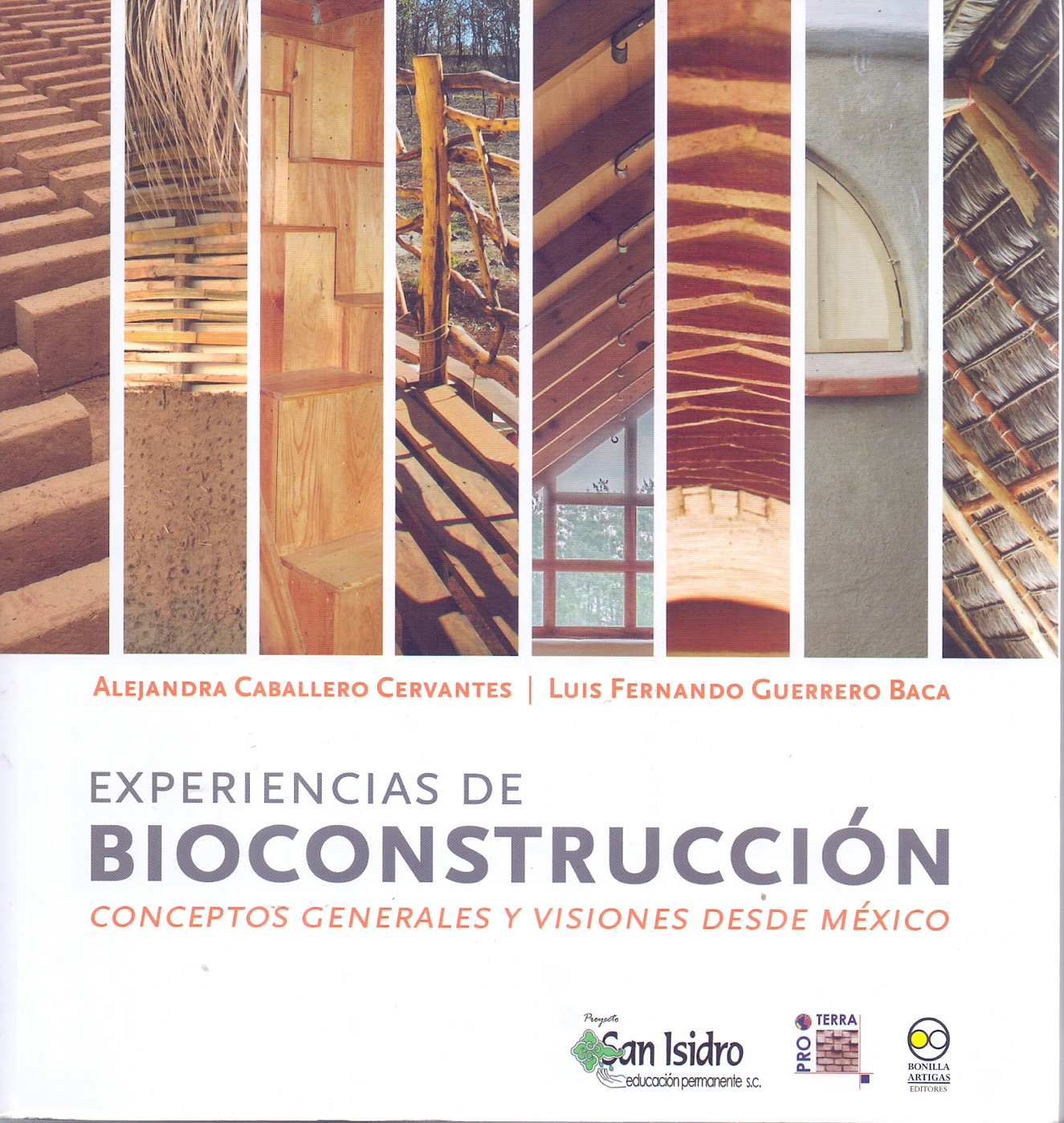 |
Experiencias de Bioconstrucción: Conceptos Generales y Visiones Desde México Caballero Cervantes, Alejandra; Luis Fernando Guerrero Baca Bonilla Artigas Editores |
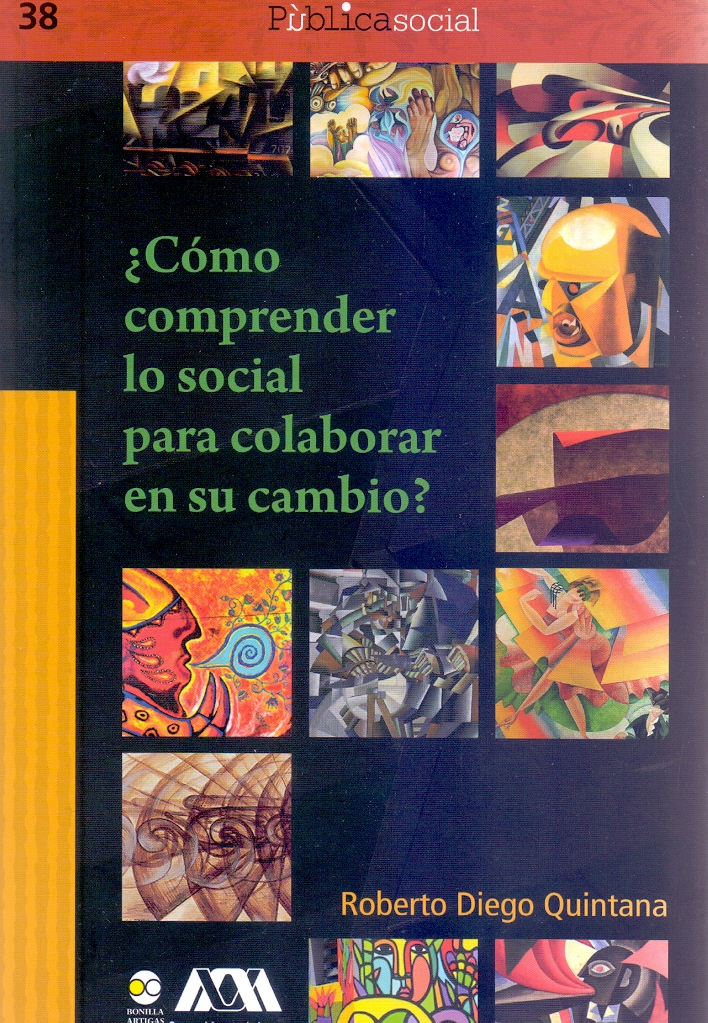 |
¿Cómo Comprender Lo Social Para Colaborar en Su Cambio? Diego Quintana, Roberto Bonilla Artigas Editores |
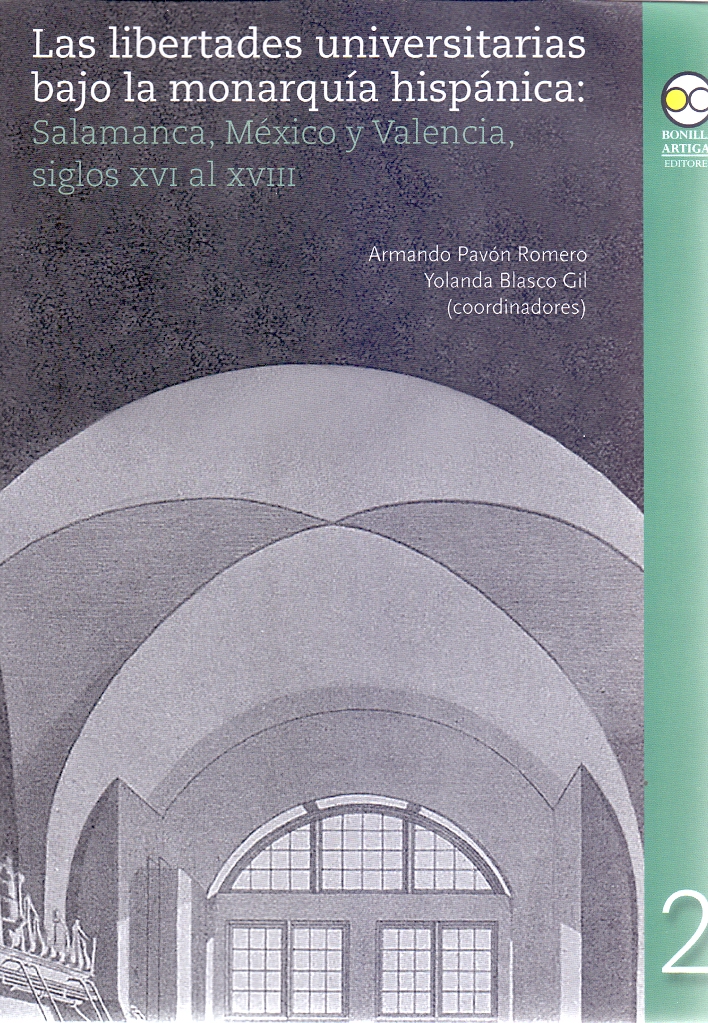 |
Libertades Universitarias Bajo la Monarquía Hispánica, Las: Salamanca, México Y Pavón Romero, Armando; Blasco Gil, Yolanda Bonilla Artigas Editores |


|
Título: Famous Problems And Other Monographs: Second Edition | |
| Autor: Felix Klein, W. F. Sheppard, P. A. Macmahon, And J. L. Mord | Precio: Desconocido | |
| Editorial: American Mathematical Society | Año: 1962 | |
| Tema: Novela Mexicana | Edición: 1ª | |
| Sinopsis | ISBN: 9780821826744 | |
| Four volumes in one: Famous Problems of Elementary Geometry, by Klein. A fascinating, simple, easily understandable account of the famous problems of Geometry--The Duplication of the Cube, Trisection of the Angle, Squaring of the Circle--and the proofs that these cannot be solved by ruler and compass. Suitably presented to undergraduates, with no calculus required. Also, the work includes problems about transcendental numbers, the existence of such numbers, and proofs of the transcendence of e.
From Determinant to Tensor, by Sheppard. A novel and simple introduction to tensors. "An excellent little book, the aim of which is to familiarize the student with tensors and to give an idea of their applications. We wish to recommend the book heartily ... The beginner will find the book a valuable introduction and the expert an interesting review with a refreshing novelty of presentation." --Bulletin of the AMS Chapter headings: 1: Origin of Determinants; 2: Properties of Determinants; 3: Solution of Simultaneous Equations; 4: Properties; 5: Tensor Notation; 6: Sets; 7: Cogredience, etc. 8: Examples from Statistics; 9: Tensors in Theory of Relativity. Introduction to Combinatory Analysis, by MacMahon. An introduction to the author's two-volume work. Three Lectures on Fermat's Last Theorem, by Mordell. This famous problem is so easy that a high-school student might not unreasonably hope to solve it: it is so difficult that as of the 1962 publication date of this book, tens of thousands of amateur and professional mathematicians, Euler and Gauss among them, failed to find a complete solution. Mordell himself had a solution (as he said he did). This work is one of the masterpieces of mathematical exposition. Table of Contents Part I. The Possibility of the Construction of Algebraic Expressions Algebraic Equations Solvable by Square Roots: Structure of the expression x to be constructed; Normal form of x; Conjugate values; The corresponding equation F(x)=0; Other rational equations f(x)=0; The irreducible equation ?(x)=0; The degree of the irreducible equation a power of 2 The Delian Problem and the Trisection of the Angle: The impossibility of solving the Delian problem with straight edge and compasses; The general equation x3=?; The impossibility of trisecting an angle with straight edge and compasses The Division of the Circle into Equal Parts: History of the problem; Gauss's prime numbers; The cyclotomic equation; Gauss's lemma; The irreducibility of the cyclotomic equation The Construction of the Regular Polygon of 17 Sides: Algebraic statement of the problem; The periods formed from the roots; The quadratic equations satisfied by the periods; Historical account of constructions with straight edge and compasses; Von Staudt's construction of the regular polygon of 17 sides General Considerations on Algebraic Constructions: Paper folding; The conic sections; The Cissoid of Diocles; The Conchoid of Nicomedes; Mechanical devices Part II. Transcendental Numbers and the Quadrature of the Circle Cantor's Demonstration of the Existence of Transcendental Numbers: Definition of algebraic and of transcendental numbers; Arrangement of algebraic numbers according to height; Demonstration of the existence of transcendental numbers Historical Survey of the Attempts at the Computation and Construction of ?: The empirical stage; The greek mathematicians; Modern analysis from 1670 to 1770; Revival of critical rigor since 1770 The Transcendence of the Number e: Outline of the demonstration; The symbol hr and the function ?(x); Hermite's theorem The Transcendence of the Number ?: Outline of the demonstration; The function ?(x); Lindemann's theorem; Lindemann's corollary; The transcendence of ?; The transcendence of y=ex; The transcendence of y=sin-1x The Integraph and the Geometric Construction of ?: The impossibility of the quadrature of the circle with straight edge and compasses; Principle of the integraph; Geometric construction of ? Notes |
||
Librería Bonilla SA de CV © Todos los derechos reservados. 2019
Última actualización: Jul 2019



